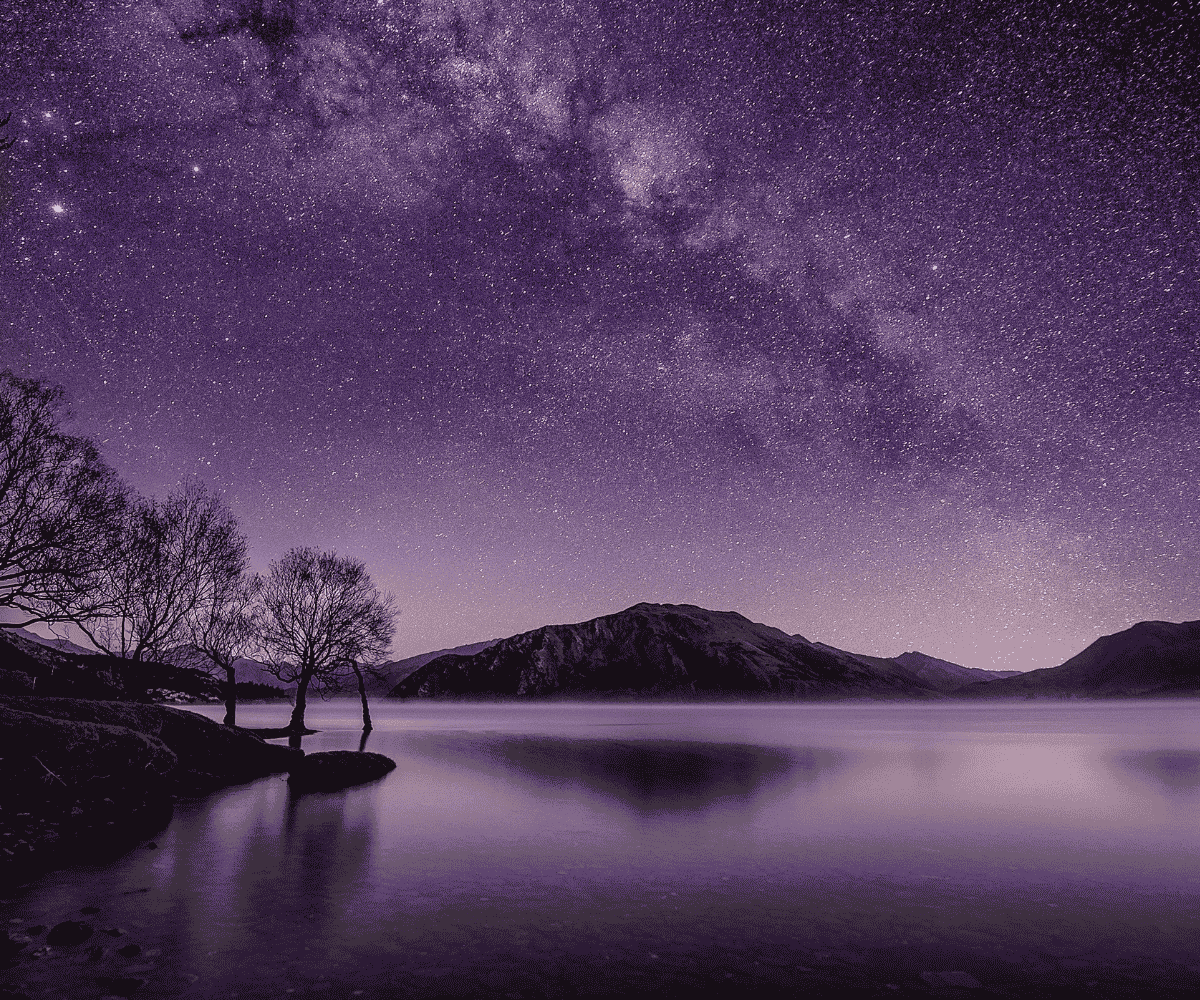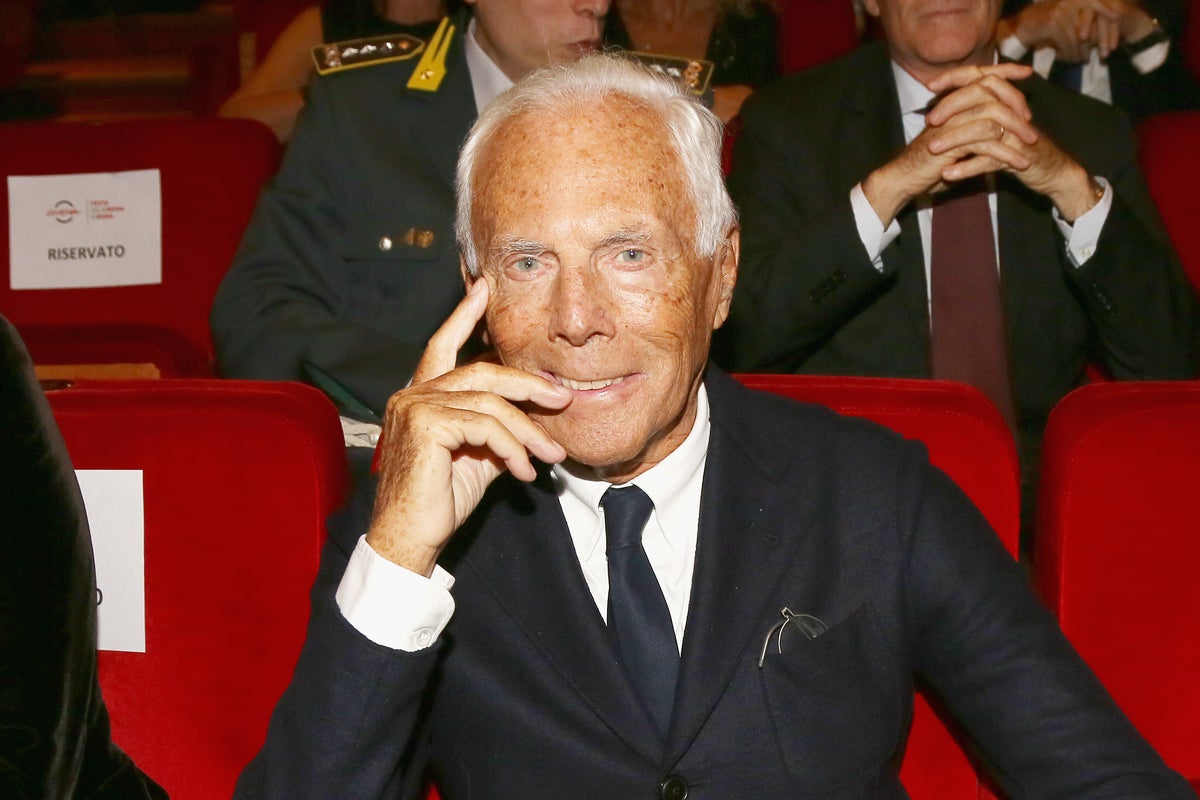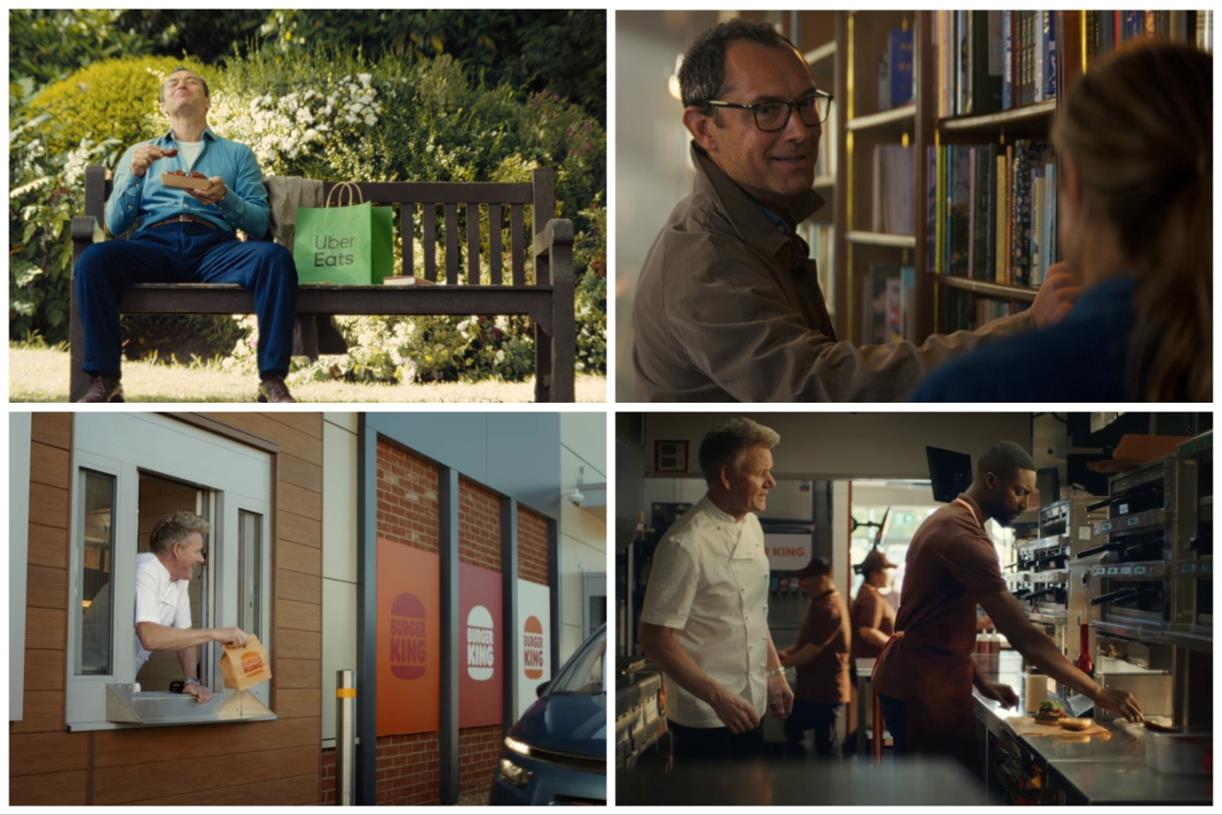Artificial intelligence and creative marketing—how brands and agencies should experiment
Three areas where machine learning can be leveraged creatively.

AI copywriting support has been around for a few years with tools including Jasper AI, which uses language models to suggest content for everything from Facebook ads to blog posts. Now that an AI has created its first Cosmo cover, it’s pretty clear that AI art has arrived in the ad industry, along with the worry that it might be a threat to jobs—maybe even the sanctity of human creativity itself.
But it’s important to consider that a human artist, Karen X. Cheng, was at the helm of the Cosmo project, using OpenAI’s Dall·E 2 as a different kind of creative tool. Because without good creative guidance, the output isn’t that great—as in Dall·E 2 interpreting an “Ad Age magazine cover:”
To get a more creative result requires a lot of interplay and dancing together with concepts and variations, riffing as you would alongside a creative partner with an end result in mind.
In the near term, at least, AI isn’t here to take our jobs—it’s here to spark and multiply our ideas, make work easier and generate better results for clients in the process.
Computer-generated art goes back decades. In the 1960’s, programmer Harold Cohen developed AARON, a computer capable of creating basic black and white images.
In 2015 we saw Google DeepDream create psychedelic pictures of cats, and have since witnessed the proliferation of tools such as StarryAI and Wombo Dream launch alongside more advanced systems like Craiyon and Midjourney, which created a cover for The Economist.
Now, further advances have yielded two technical leaders capable of not only replicating the artistic styles of the great painters and mimicking Pixar’s 3D style, but of generating highly photorealistic images of people as well. OpenAI’s Dall·E 2 is available in closed beta with a paid credits system, while Google Imagen is still an academic research project.
Here’s a look at three areas where machine learning can be leveraged creatively:
Rapid concept visualization and inspiration
Using Dall·E 2, we explored how AI reimagines popular brand mascots for the modern era. Ronald McDonald became an updated vision of the 17th century clown archetype Pierrot. Wendy’s Wendy became more relatable as an Instagram influencer. For Dos Equis, we asked for “The Most Interesting Woman in the World.” And Mr. Clean became more relevant as a world-weary hero, looking for your help in tackling global environmental cleanups that go beyond daily kitchen grime.
New product concepts and visualizations also hold promise. What if Veuve Clicquot made bottled water? What if Crocs were marketed like athletic shoes? What if Razer computers made toilets (inspired by a similar Reddit post). And with IKEA selling homes in Europe, what might they look like next?
Of course, how prompts are written has a tremendous impact on the results, requiring some old-fashioned creative direction. Absent that, many experiments produced less than stellar results, like when we asked Dall·E to make a mascot for Wendy’s Baconator, place the Pillsbury Doughboy into a more upscale pastry kitchen, make an NFT for Mercedes and give us a candid shot of Colonel Sanders.
To help, the creative folks at Dallery.Gallery have written a free, 82-page guide (downloadable here) to getting the right results, providing advice in categories ranging from photographic lighting styles to capturing mood and vibe.
Streamlining workflows
The most straightforward approach is using AI Art in mockups and comps for presentations. If the right stock art can’t be found, then make it with AI. Designers also can save precious time using AI to create new alternative compositions by seamlessly expanding backgrounds, adding, removing or modifying objects, animating assets with the use of secondary software and more.
Increasing effectiveness
Shutterstock recently acquired three AI companies, Pattern89, Datasine and Shotzr, combining them into a new AI suite of tools to deliver more impactful creative based on billions of data points from thousands of brands. For example, did you know the most-clickable topping is shrimp? Clickthrough rates on the sea creatures when placed on food have risen 186% over the last two years. So, if you’re photoshopping a pizza delivery banner, you might want to consider finding some inspiration from under the sea.
Just like the shift from typewriters to word processors ended whiteout on thumbs, and the move from presentation boards to PowerPoint eliminated nights of pitch prep spraying aerosol glue, the introduction of AI Art can add a new layer of convenience and creativity to our lives.
At least until computers are smarter than us. Then we can just hope that they don’t forget to feed us.

 Tekef
Tekef 








.jpg&h=630&w=1200&q=100&v=2a8ddfbc4a&c=1)










.jpg&h=630&w=1200&q=100&v=6e07dc5773&c=1)












